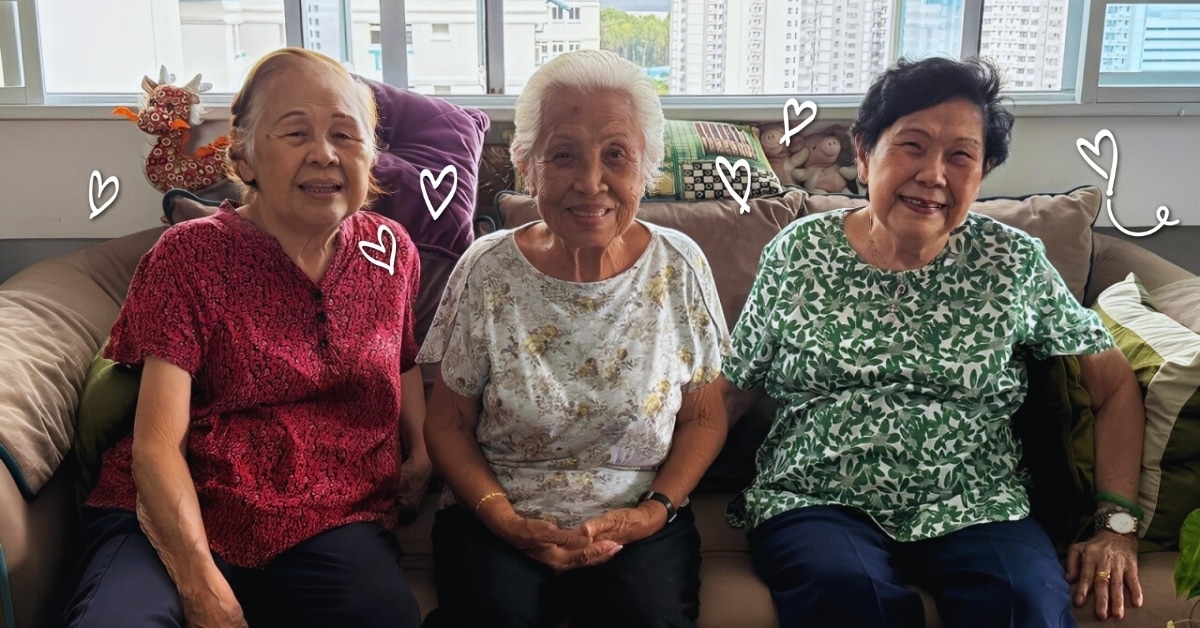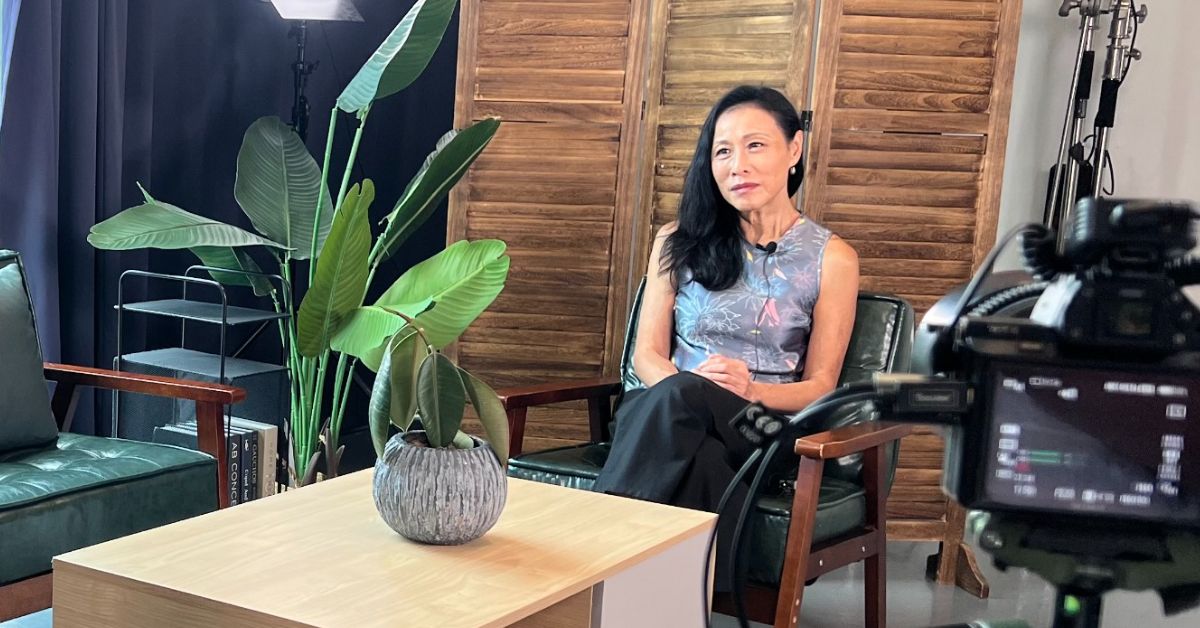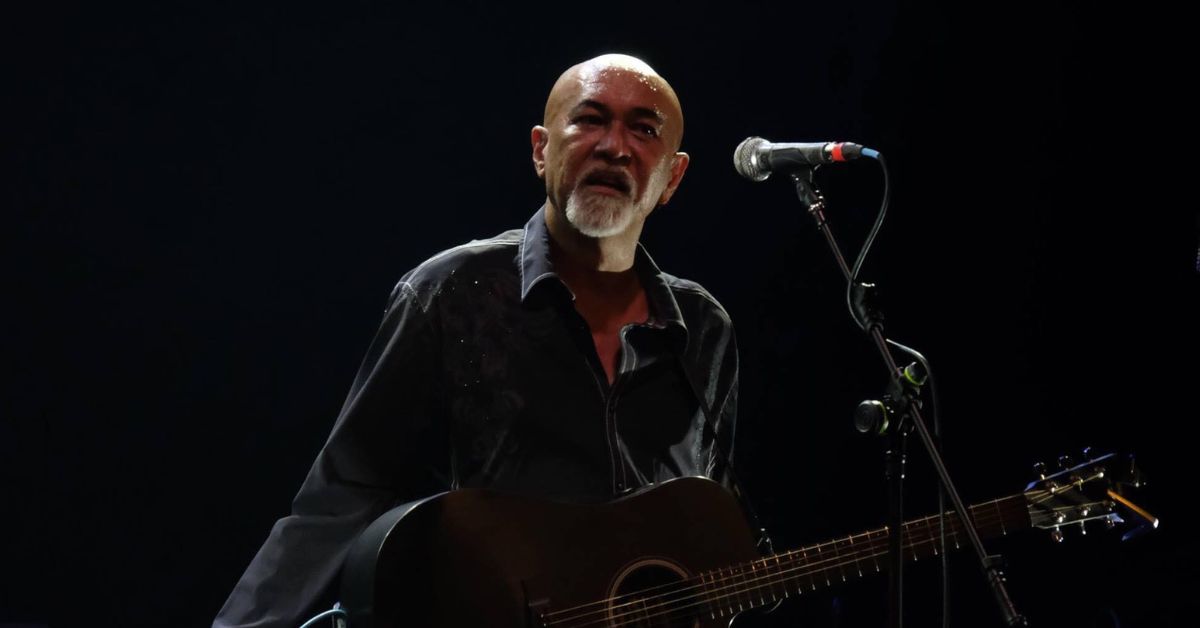
Credit: Sylvia Tan
I know a few nonagenarians (people in their 90s) – or are close to that age. Mostly women. They’re mobile, chatty, and still very much busy living.
But perhaps none are quite as busy as my aunt-in-law, Ming Lee.
A year shy of 90, she still drives herself around, attends pilates classes, enjoys concerts and plays, and organises weekly mahjong sessions with her kakis – complete with a home-cooked lunch she personally hosts.
Her sense of style hasn’t faded either. She dresses younger than her age, pairing outfits with bold, chunky modern accessories. The only concession? Swapping stylish shoes for comfortable trainers to keep her stride steady.
She’s not alone. I know other women who are even older – well in their 90s – who are just as determined to keep active, even if it means leaning on a walker, a cane, or the arm of a friend.
They joke, express their views, and pass on gossip (the spice of life). They are shining examples of longevity, carrying with them a treasure trove of old stories.
It’s the kind of stories that are rarely recorded nowadays, and even more rarely told with the captivating air that personal reminiscences have.
Advertisement
Exemplary nonagenarians
They exemplify the advice found in many articles about aging well. To do so, they say, you need to guard against isolation, stay active, find purpose, and keep yourself engaged.
My aunt, Helen Oh, does just that. Even at 94, she tends to her garden daily, every morning and evening, and for two hours each time.
I remember once, she brought homegrown mangoes to add to our lunch. We chatted about Peranakan food that day.
True to form, she holds exacting standards – even though she herself prefers simple fare: Coriander seeds, for instance, must first be washed, dried, then roasted before being grinded for use.

Credit: Sylvia Tan
Modern appliances? Not for her. Food processors and microwaves have no place in her kitchen. I even got a scolding for using a food chopper to prepare herbs for use in nasi ulam.
According to her, they must be shredded by hand. No shortcuts are allowed, however practical the reasons may seem.
Meanwhile, another aunt, Violet Oh, also aged 94, is a repository of nyonya recipes. In her family, children and grandchildren all turn to her for guidance when making rempah (spice mixtures).
But she isn’t the sous chef quietly assisting in the kitchen. She’s the chef de cuisine, directing everyone else on what to do.
Her passions don’t end there. An avid follower of tennis from her young days, she’s now rooting for up-and-coming star Casper Ruud from Norway, now that Rafal Nadal and the other older tennis stars have retired.
She recently fell and fractured her hip. Impressively, she was fit enough for her doctor to propose a hip replacement, which she did at age 93 and recuperated without fuss.
The same can’t be said for many seniors much younger than her. She now walks independently and is fully capable of making sure the house maintains its cleanliness the way she likes it.
Another 94-year-old I know is cousin Beatrice Wee. While she is more sedentary compared to the others, she still walks erect.
I remember discussing Michelle Obama’s autobiography with her – she is an avid reader – when it appeared. Most weeks, she attends Sunday mass with her family at various churches and keeps to a monthly schedule of lunches with her former colleagues and students.
She’s glued to her mobile phone these days, reading posts, listening to podcasts, and messaging people – with emojis, if you please. She’s also fond of Chinese opera, and confesses to be a longtime admirer of Chinese culture’s 5,000-year-old history.
She attributes her longevity to good genes.
I am strong.
Having outlived her two younger sisters, she proudly declares:
A neurologist I know predicts a long life of possibly 100 years (or more) for seniors like her who are free of serious ailments.
Even if these nonagenarians do not maintain an exercise regime – which is often recommended for longevity – they garden, cook, or order the help and grandchildren around in the kitchen as ways to stay meaningfully active.
And yes, they also ensure the house remains clean, something they remain fastidious to.
Also read:
Catering To Gluten Intolerance In An Asian Household: Why It’s Worth The Effort
Recounting his experience hosting a gluten intolerant house guest, writer Jeffrey Yang finds out why the hassle of going gluten-free is worth the trouble.
Camino de Santiago At 55: Lessons, Tips, And Life-Changing Insights From A 925km Walk
What began as an escape became a life-changing pilgrimage of healing, discovery, and faith on the Camino.
Age is truly just a number
Still, my aunt-in-law Ming is undoubtedly the most active. Despite living on her own, her calendar is impressively full. She makes a point of it.
Even when no one is free to dine with her, she will take her two helpers out for dinner. They are, after all, her family, she says, and they look after her.
Generous to a T, she often buys a table for charity dinners and then invites all and sundry to attend, expanding her social circle even more.
The other women’s social circles mainly revolve round their families. During her grandchildren’s growing up years, Helen often goes over to her daughter’s house to help care for the three young ones.
These days, now that they are more grown up, she still organises dinner at her daughter’s home.
They continue to have family dinners every Sunday where there will invariably be soup made from chicken feet. Helen eats them daily for the collagen.
Beatrice, meanwhile, is unmarried and lives with her nephew and cousin. She has also become the matriarch of her sister’s family of four children. They now form an extended family.
Previously, they all lived together in an old spacious Peranakan house but have since moved into separate smaller spaces.
While the pluses of living long are clearly demonstrated in their lives, there are minuses too.
The downside, as one caregiver remarked slightly ruefully, are that conversations may shrink to just one a day – perhaps one revisited daily.
Whether that signals dementia or simply old age, it can be trying, nonetheless. What’s needed is patience, and constant reassurance for the elder.
Thankfully, these women remain healthy despite their age and can live independently. Naturally, there are the usual aches and pains.
But importantly, dementia doesn’t seem to be in the picture, though they do sometimes forget details or repeat themselves.
Active life, healthy life
What then are the secrets to their longevity? We can rule out foods favoured by Japanese octogenarians (which often comes up in such conversations). Barley tea, natto, seaweed, green tea, and miso are not on these women’s list of preferred foods.
Instead, they prefer to eat plainly – even though they can cook up a Peranakan feast. They also prefer eating small meals throughout the day.
My personal take it that it is not diet, but lifestyle, that keeps them interested and interesting. It gives their lives plenty of meaning and vibrancy. They stay active, keep a wide circle of friends and/or family, and have varied interests, be it mahjong, gardening, or tennis.
As someone who does none of these activities, maybe I should consider taking up one. These ladies have certainly inspired me to do so.






